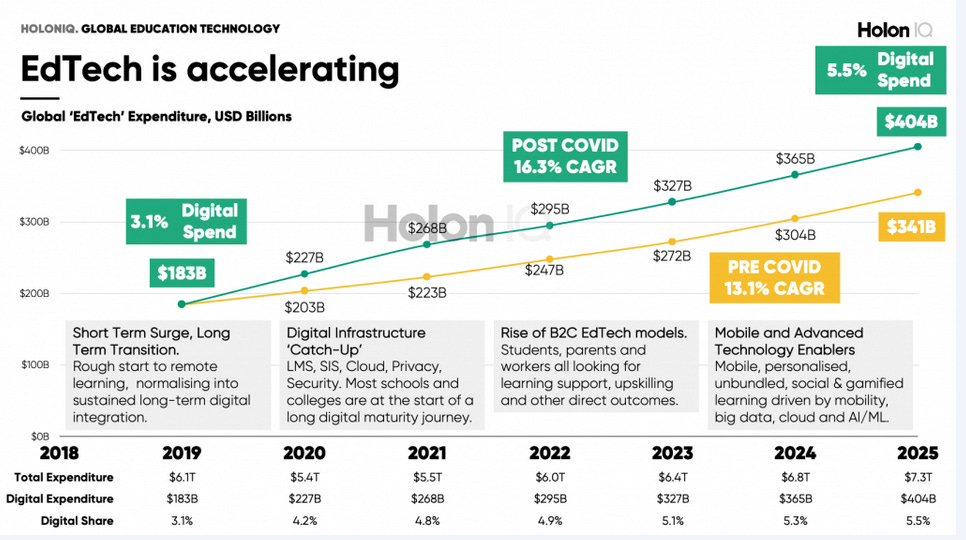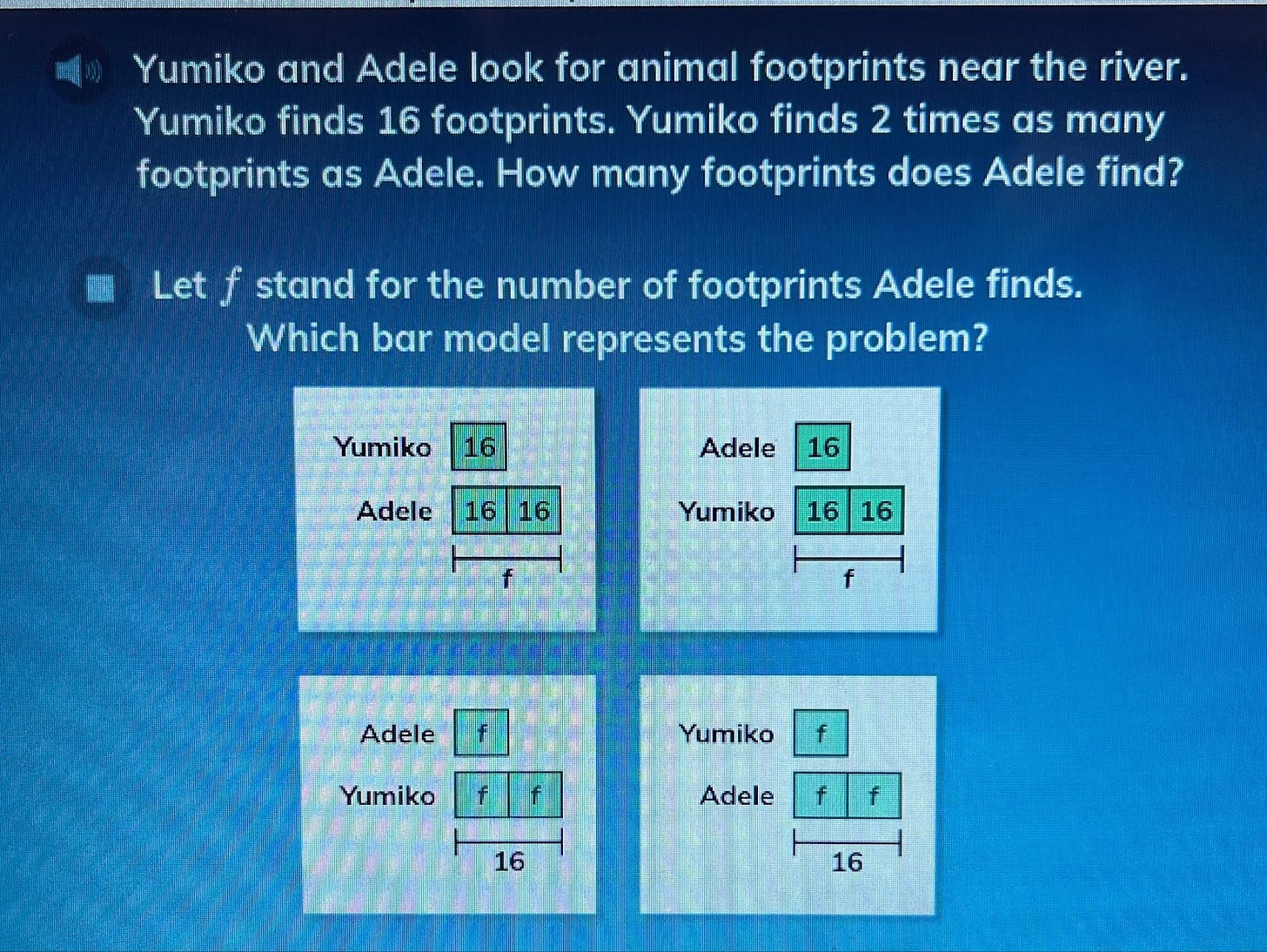“It would be great if our education stuff worked. But that we won’t know for probably a decade.” Bill Gates, 2013
Over the past few months, thanks to Jonathan Haidt and his new book, The Anxious Generation, there has been increased attention to the harms of social media on teen and youth mental health. This much needed conversation has also sparked a Phone Free Schools Movement across the US with many school districts, including entire states such as CA, now making the pledge to make their schools a phone-free environment.
There is even more news to celebrate with the recent U.S. Senate passage of the Kids Online Safety and Privacy Act (KOSPA) and updates to Children's Online Privacy Protection Rule (COPPA) with a huge bipartisan vote of 91-3 in favor of the bills. No doubt these changes will help make the online world safer for children.
As an educator, with a focus on social skill development, I am an advocate for these policies and movements which undoubtedly will help curb the negative impact that technology has had on childhood. I am hopeful that with this push, more light will be shed on another less talked about yet just as important topic, the negative impacts of educational technology (aka edtech) on children in school.
Edtech has been creeping into schools ever since the launch of the world wide web in 1991. Since that time, the big tech industry has jumped into the education lane and hasn’t looked back. Educators and administrators, initially dazzled by all the fancy tech tools, have been intentionally led to believe that technology is the savior to all the problems in education.
While technology can play a positive role in the classroom, it is a tool that must be used judiciously. For example, upper middle school and high school students can benefit from using a device to type a final draft of a paper, conduct research or create a slideshow for a presentation. Students with learning challenges can benefit from programs that support their reading comprehension, writing skills or math skills.
Depending on children's age, technology as a support tool can enhance teaching and learning.
However, technology is not just being used as a tool by older students and if you walk through the halls of many high school/middle schools (and sadly an increasing number of elementary schools) you might be alarmed by what you see. The current tech predicament finds students trapped in a zombie-like stance staring at chromebooks or laptops while only half-listening to their teachers.
Since the early 2000’s, with significant financial backing of tech giants, technology in education has intentionally been pushed as a “disruptive innovation” in the classroom.
Back in 2010, the Common Core Standards were created which nationalized curriculum and textbook standards and focused on career and college readiness skills with technology embedded in them. Unsurprisingly these standards were created with generous funding from the Bill & Melinda Gates Foundation.
The ambitious National Educational Technology Plan from that same year also reveals the promise and hope for transforming the future of education specifically using technology. Interestingly, there seems to be no mention in the plan of whether or not using technology is the best way to educate kids. Instead, it provides the sense that technology is the only way to educate kids.
Soon after the Common Core Standards were released, Google unleashed their Chromebook through a small pilot program in Wisconsin which then took off to districts across the country only a few short years later.
Fast forward to the spring of 2020, over 20 million Chromebooks were ordered and disbursed to students throughout the U.S. to support the transition to virtual learning due to the harmful COVID policies that closed schools for months and even years at a time.
Since the introduction of the 1:1 (a device for every student) trend in high schools in 2013, the profitable rush to provide education technology materials began. The “virtual learning” debacle only sped up the process of putting a device in the hands of even our youngest learners. Promoters and creators of edtech compellingly describe their technology as transformative, supporting “21st century skills'' and providing personalized learning.
Unsuspecting educators have been allured with buzz words such as engaging, data driven, adaptable, and self-paced.
As more students were logging in for learning and traditional print education materials turned digital, the term “High-Quality Curriculum Material” (HQCM) began to emerge. HQCM’s are defined as instructional materials that are aligned to rigorous college- and career-ready standards also known as the Common Core Standards. A closer look at these materials brings the question to mind, are they truly high quality or are they just another way to profit off the education system?
In 2015, an organization known as EdReports was created with the support of some of the following philanthropic organizations: the Bill & Melinda Gates Foundation, Charles and Lynn Schusterman Family Philanthropies, the William and Flora Hewlett Foundation just to name a few.
Since then, at least 12 states began using the now nationally recognized EdReports as a guide for choosing the curriculum that school districts in their states can use. To this day they are lauded as the gold standard for identifying HQCM. The Bill & Melinda Gates Foundation were not only involved in developing the Common Core Standards, they are also one of the largest donors to EdReports; a company that is described as an independent non-profit organization, providing expert reviews of instructional materials.
The criteria EdReports uses to evaluate whether instructional materials are “meeting expectations” include its alignment to the Common Core standards and its usability. Curiously, it does not use criteria to evaluate whether or not a program actually supports student achievement. Rather than traditional print curricula, these HQCM’s often come in a digital package that are more cost effect when purchasing. Since most students, including those in Pre-K often have a designated device, there is monetary incentive for districts to purchase the digital versions in lieu of print.
Curriculum developers have been more than willing to move from traditional print to digital formats and not because it’s what's best for children. Digital is better for their bottom line, profits. McGraw Hill, a leading curriculum developer, states “we’re working to expand the possibilities of content and technology to support learning in a connected world.” They also boast that in 2019 “The Company's total digital billings (based on the last 12 months) were greater than 50% for the first time.” Their company's timeline history reveals they have been acquiring many edtech platforms, including gaming, since 2009.
Edsurge is another organization funded by philanthropic supporters with ties to big tech. They released a lengthy 4 part series detailing The State of Edtech 2016. Their report discusses the profit from the edtech boom and the future role of technology in the classroom. Soon after, the US Department of Education released their new National Education Technology Plan. A continued common thread was how technology can transform the classroom and promote personalized learning for all.
What no one seems to question in any of these lengthy reports is if using digital materials for K-12 learners actually supports their achievement in reading, writing and math. There is no question either of whether or not too much screen time might be harmful and how it could impact a child's developing brain. Yet the transition from print to digital has occurred without hesitation and with edtech companies profiting in the billions.
Recently, while I was working with a 5th-grade student, I asked him to show me his My Path, an individualized math program through Curriculum Associates iReady Math. This student has a diagnosis of ADHD and is a struggling reader. Although he understood the math concept the program presented to him, he had trouble solving problems because of the presentation on a screen. Below is a screenshot of one of the problems. Also note that when completing it in real time, the problem is not static and constantly changes by adding words and pictures.
Based on my experience of supporting struggling learners, this format increased his ADHD tendencies, impacted his reading, and caused him to become so frustrated that he impulsively clicked and swiped. He would have had far less difficulty if he’d been given the same problems on paper.
The Unesco report (United Nations Educational, Scientific and Cultural Organization) released in 2023 provides an in-depth evaluation of technology in education. They have mixed findings but one that stands out is that “There is little robust evidence on digital technology’s added value in education.”
Bill Gates said the following at the launch of the Harvard Campaign in 2013:
“It would be great if our education stuff worked. But that we won’t know for probably a decade.”
Well Mr. Gates, it has been over a decade and I would like to inform you, it hasn’t worked. Test scores have continued to decline since then and mental health issues among teens have risen.
There is little data to support that learning using a digital format is better than traditional print yet there is an increasing amount of research on the other side. One study published last year suggests that cognitive engagement is higher in children when reading printed books versus digital media. Another 2018 study found that there was higher functional connectivity in the brain when reading from print versus a decrease while reading from a screen. And yet another research review highlights “Paper-based reading yields better comprehension outcomes than digital-based reading.”
More alarmingly are other studies revealing the harms of excessive screen time on brain development. New research is showing changes in brain structure of children with higher screen time use (see here) and that there is a physiological and psychological effect as well. This research review found “Excessive digital media use by children and adolescents appears as a major factor which may hamper the formation of sound psychophysiological resilience.”
More research is surely needed to investigate these harms but don’t look to see which big tech companies are behind it. The 2019 Youtube video above says it all - executives with ties (and money) to big tech/edtech are sending their own children to expensive private schools that don’t use technology. With their perverse incentives, they market their products in shiny digital packages with absolutely no evidence it supports learning all while raking in billions. How ironic that the elites in society that profit from these products are choosing to send their own children to schools that do not use them.
So what can we do, it’s so much bigger than us…
This is what many teachers, administrators and parents will say when the conversation regarding excessive use of technology in schools comes up. There is a palpable defeated feeling that we have gone too far and no way to reel it all back in. A shoulder shrug that we live in a digital world and need to adapt, especially since AI is here and no longer on the horizon. Fortunately there are a number of other parents, educators and child development experts that disagree.
There are organizations, such as Fairplay and EverySchool, that provide a plethora of free resources for parents, educators, and administrators to use to create a healthier and balanced technology-intentional environment in schools. Those in the health fields should step up as well. Especially at the state and national level to develop and implement guidelines that support healthy brain development and limit the harms of excessive tech and screen time. Much like the 1970’s, when the harmful effects of cigarettes were recognized and policies were created.
Since there is no reliable data to support edtech’s benefits and only more revealing its harms, digital curricula should be strictly limited in schools, particularly in preschool through fifth grade. Severe restrictions should also be placed in middle school and high school. Although children and adolescents should learn digital skills, computers cannot replace education that involves interaction with teachers and peers. Children have plenty of access to technology in their lives, putting it in their hands while in school is only creating “21st century” learners with fewer skills, not more.
Traditional print-based, paper/pencil tasks are key to supporting learning. Developing brains learn best when all of the senses are used. This is called multisensory learning. For example, the act of writing on paper creates pathways in the brain that can help solidify learning. It is an intricate perceptual sensorimotor process that is an important part of the cognitive learning process. Kids benefit greatly from writing to learn, and this part of learning gets lost when we just tap letters on a keyboard or swipe a screen.
Advocating to remove technology from education is not old-fashioned or wrong. It is the right thing to do for kids. Technology will never replace the nuance of what educators are able to do when they have a child directly in front of them. Let’s get back to teaching them how to write with a pencil and paper. Remove the screen barrier that blocks kids' opportunity to speak to each other and develop their social skills. Teach them how to deal with boring moments because that is where creativity comes from.
The clock is ticking and we need to restore schools and childhood by doing what's right for children before it’s too late.












